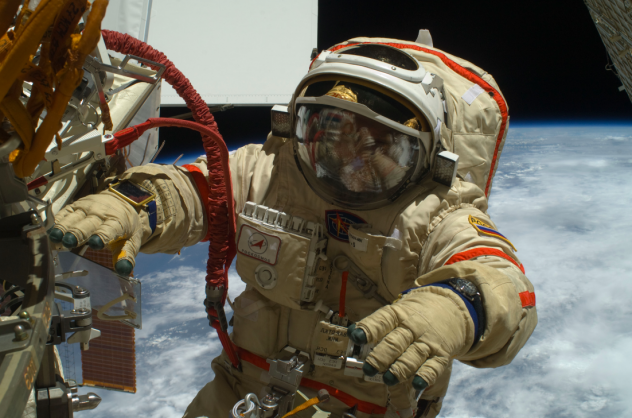 Technology
Technology  Technology
Technology  Humans
Humans 10 Everyday Human Behaviors That Are Actually Survival Instincts
 Animals
Animals 10 Animals That Humiliated and Harmed Historical Leaders
 History
History 10 Most Influential Protests in Modern History
 Creepy
Creepy 10 More Representations of Death from Myth, Legend, and Folktale
 Technology
Technology 10 Scientific Breakthroughs of 2025 That’ll Change Everything
 Our World
Our World 10 Ways Icelandic Culture Makes Other Countries Look Boring
 Misconceptions
Misconceptions 10 Common Misconceptions About the Victorian Era
 Mysteries
Mysteries 10 Strange Unexplained Mysteries of 2025
 Miscellaneous
Miscellaneous 10 of History’s Most Bell-Ringing Finishing Moves
 Technology
Technology Top 10 Everyday Tech Buzzwords That Hide a Darker Past
 Humans
Humans 10 Everyday Human Behaviors That Are Actually Survival Instincts
 Animals
Animals 10 Animals That Humiliated and Harmed Historical Leaders
Who's Behind Listverse?

Jamie Frater
Head Editor
Jamie founded Listverse due to an insatiable desire to share fascinating, obscure, and bizarre facts. He has been a guest speaker on numerous national radio and television stations and is a five time published author.
More About Us History
History 10 Most Influential Protests in Modern History
 Creepy
Creepy 10 More Representations of Death from Myth, Legend, and Folktale
 Technology
Technology 10 Scientific Breakthroughs of 2025 That’ll Change Everything
 Our World
Our World 10 Ways Icelandic Culture Makes Other Countries Look Boring
 Misconceptions
Misconceptions 10 Common Misconceptions About the Victorian Era
 Mysteries
Mysteries 10 Strange Unexplained Mysteries of 2025
 Miscellaneous
Miscellaneous 10 of History’s Most Bell-Ringing Finishing Moves
10 Fascinating Facts About Russia
As the world’s largest country, Russia encompasses nine timezones and contains within its borders dozens of ethnic groups. For about seventy years, it existed as the Soviet Union—a communist superpower considered by much of the world to be an “evil empire”. The Cold War tension between the Soviets and the United States very nearly led to nuclear war on several occasions, until the dissolution of the USSR on Christmas Day, 1991.
Today, the country exists as a “federal semi-presidential republic”, with a president, a prime minister, and a cabinet—but many allege that the power belongs squarely with hardline President Vladimir Putin. Putin enjoys considerable popular support, though some within the country believe him to be responsible for several nefarious doings.
With vast natural resources, a government in flux, and a dwindling population inexorably steeped in alcohol, Russia remains one of the most fascinating places on earth.

Anyone with an internet connection will have seen some pretty crazy dashcam footage. Sometimes it comes from police cars—and the rest of the time it comes from cars in Russia.
Although the footage provides entertainment—such as by capturing film of the meteor strike over the Chelyabinsk region in February 2013—the real reason Russian drivers so frequently employ dash cams is to protect themselves from fraud. An unfortunate cottage industry has sprung up in the country, which involves the staging of accidents in order to profit from insurance claims and lawsuits. The scams can be elaborate—but they’re often as simple as a pedestrian throwing himself in front of a slow moving car and then feigning injury.
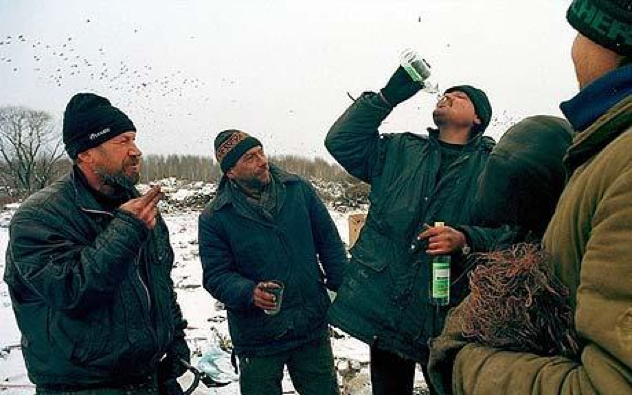
There’s a Russian proverb which goes: “The church is near but the road is icy; the tavern is far but I will walk carefully.” And there is no more inexorable stereotype of the Russian people than their traditional love of vodka, traditionally guzzled neat.
The holiday season is usually marked by a weeklong binge; during this period, the average Russian is said to spend $400 on alcohol alone. Such risky behavior is not without consequence; in excess of 23,000 people die of alcohol poisoning each year in Russia—and alcohol-related homicides, assaults, and suicides are all among the highest in the world. Life expectancy is lower than in many developing countries, with the average man expected to live the tender age of sixty-three.
There have been several attempts by the government to stem this national tragedy—but as seen in America’s recent history, measures of prohibition can lead to more problems than they solve:
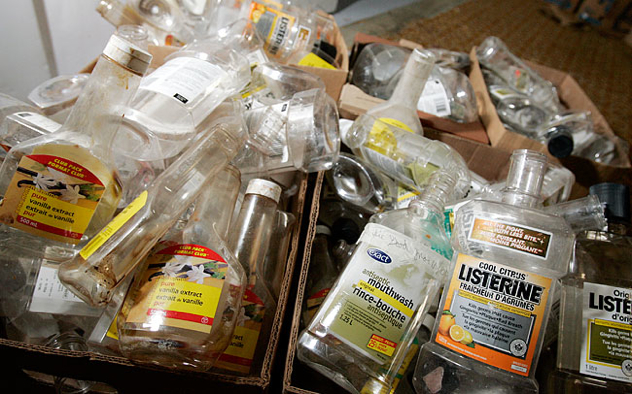
In 1985, Soviet leader Mikhail Gorbachev introduced an anti-alcohol campaign that sought, among other methods, to decrease alcohol production and to raise prices. While this proved mildly effective, the fall of the USSR six years later turned into a party; all of a sudden, alcohol was available in massive quantities, and the population rejoiced.
As a result, the country went into a tailspin from which it has yet to recover. On top of legally-produced vodka, a great deal of “surrogate” alcohol began to be manufactured illegally. A great deal of this is “samogon”, a homemade liquor of wildly varying quality, reminiscent of moonshine. Other alcohol-deprived Russians are desperate enough to consume any product containing alcohol, ranging from cologne to aftershave and even window cleaners. Some of these substances can have alcohol levels twice as high as standard vodka, and contain plenty of toxic ingredients as well.
It is almost impossible to determine just how serious the alcohol problem is, but certain measures—such a 2010 policy to double the minimum purchase price of vodka—have only made things worse.
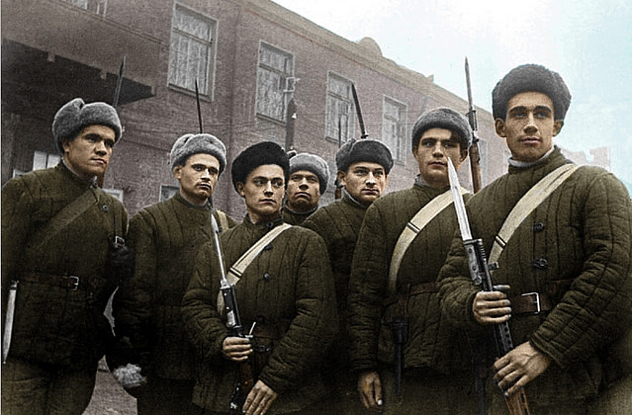
The final death toll of World War Two remains a subject of contention, but there can be little doubt that the Soviets suffered far more casualties than any other nation. Charged with single-handedly defending an entire front against the Germans, the Soviets may have lost in excess of thirty million people, including civilians—around fourteen percent of their entire population. In the Battle of Stalingrad alone, it is believed that more Soviets died than the Americans lost during the whole war.

In 2005, the regional governor of Ulyanovsk, an area in central Russia, decided to deal directly with his country’s dwindling population. Governor Sergi Morozov introduced September 12 as a “Day of Conception”, which grants couples a half day off from work to procreate. Nine months later, women who give birth closest to June 12—Russia’s National Day—receive prizes which include cars, cash, and appliances.
While the contest seems a little tongue-in-cheek, participants have numbered in the hundreds, and the area’s birth rate generally triples every June. Russia’s population has declined sharply since the dissolution of the USSR, with some claiming that it may fall below one hundred million by 2050. While the federal government doesn’t quite offer flashy automobiles to encourage potential parents, it does provide subsidies and vouchers to many families with children.

It is perhaps not surprising that in a country and a culture obsessed with the preservation of state secrets, journalists frequently lose their lives for peering too close. Along with hotspots like Egypt, Mexico, and Iraq, Russia leads the world in the murder of reporters.
Perhaps the most notable of these was the killing of Anna Politkovskaya in 2006. She was an outspoken critic of the Chechen conflict, and often criticized President Vladimir Putin, a former Lieutenant Colonel in the KGB whom she accused of trying to lead Russia back toward a Soviet-style dictatorship.
These allegations led her to be beaten, poisoned, threatened, and eventually killed—shot dead in an elevator at her apartment building in Moscow. Since the early 1990s, dozens of journalists have met similar fates. Most of these cases go unsolved, and prosecution is always unlikely.
While the United States is definitely the serial killer capital of the world, Russia has also had its fair share. The country’s serial killers are often given lurid nicknames, such as “The Butcher of Rostov”, “Raskolnikov in a skirt”, and “The Chessboard Killer” (so-named because he confessed to wanting to kill sixty-four people, equal to the number of squares on a chessboard).
Particularly frightening is the case of Nikolai Dzhumagaliev, or “Metal Fang”, who—you guessed it—wore a vicious set of metal teeth. Dzhumagaliev was caught in 1981 and accused of killing seven prostitutes, although it is believed that he may have killed as many as one hundred. He was a cannibal, and sometimes served his victims to unwitting friends. He was eventually found not guilty by reason of insanity, and spent some thirty years in mental facilities before being released.
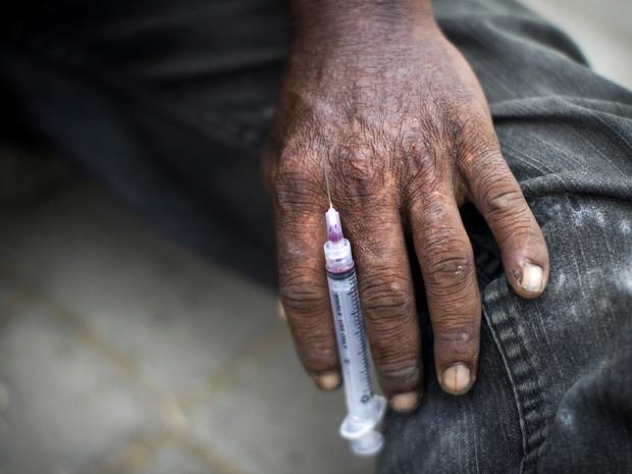
Russia is already the world’s leading importer of heroin, but in recent years, an even more insidious opiate has been hitting the streets. Easily derived from over-the-counter codeine drugs, krokodil is eight to ten times more potent than morphine. It is so-named because it leaves addicts with scaly, reptilian skin.
Unfortunately, horrible skin is just the beginning of the nightmare. The codeine itself is relatively harmless, but the drug is manufactured with adulterants such as gasoline and paint thinner. The flesh around injection sites rapidly becomes necrotic and gangrenous, and amputations are not uncommon. Krokodil users rarely live for more than two or three years after becoming addicted to the drug. Although the phenomenon has been largely confined to Russia, cases of abuse have begun popping up throughout Europe.
In the 1950s, the space program because something of a microcosm for the entirety of the Cold War, with American and Soviet scientists scrambling to be the first to reach various milestones. The Soviets achieved the first major success with Sputnik in 1959, as well as the first manned flight by Yuri Gagarin in 1961.
As in America, these excursions did not come without sacrifices—including the death of Vladimir Komarov, whose Soyuz 1 spacecraft was known to be faulty before launch. There are rumors—probably exaggerated—that the Soviets covered up other deaths, including those of the famous “Lost Cosmonauts”, who have been mentioned before on Listverse.
These stories were likely exacerbated by the USSR’s habit of editing cosmonauts out of photos. While it is easy to believe that his was done with sinister intent, it was usually done to erase “disgraced” (and still very much alive) cosmonauts from the records of their space program, which they wanted to the world to believe was infallible.
As an interesting aside, Russian cosmonauts once traveled into space armed with a triple-barreled pistol called the TP-82, which was chambered with two shotgun rounds and a rifle round. The weapon wasn’t intended to defend them from alien forces, but to protect them in case they landed in a hostile area. In 2006, the TP-82 was retired in favor of a semi-automatic handgun.
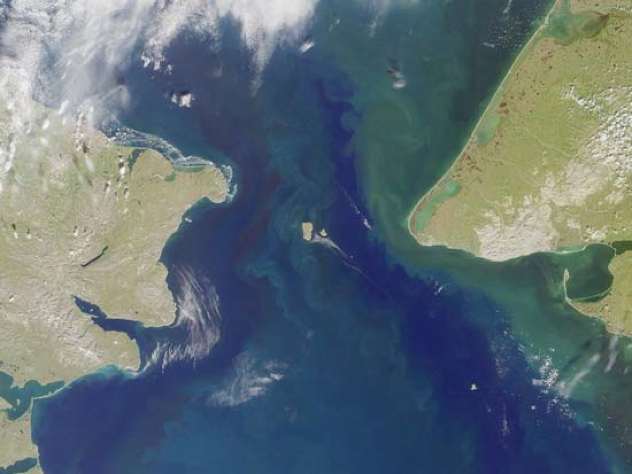
In prehistoric times, the people we now call Native Americans moved over a land bridge that crossed the Bering Strait from Russia, and they began to colonize the New World. The land crossing has since been replaced with impassable ocean, but Russia has begun to advance a program which would see three tunnels constructed beneath the sea, joining Russia with Alaska.
The project, dubbed the TKM-World Link, is estimated to cost about $65 billion. Once completed, it would certainly rank as one of the most phenomenal feats in the history of engineering. Construction is already nearing completion on a railway which would allow the movement of supplies to the farthest reaches of Siberia.
Some people have questioned the practicality of the project, given the remoteness and the challenging climate of the region—but others allege that the tunnels could save billions in shipping costs. And the idea of driving from New York to London does seem pretty cool.
Mike Devlin is an aspiring novelist. He likes vodka and bears.

